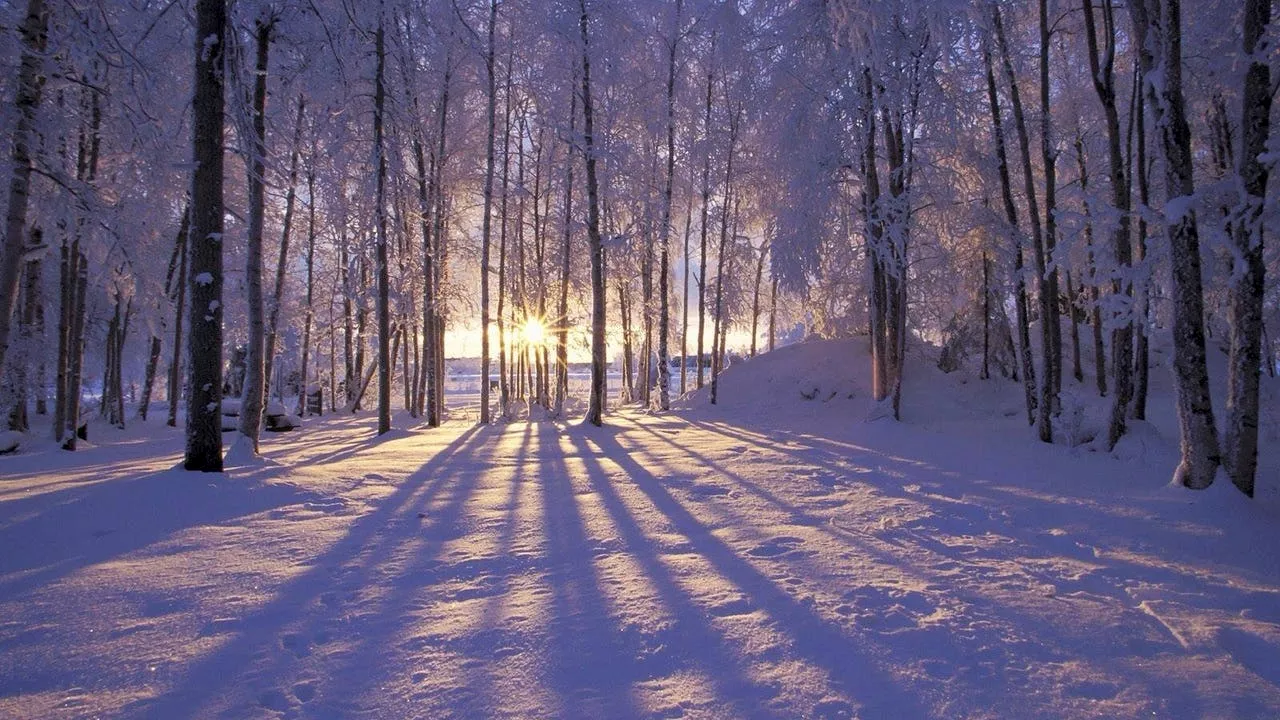This weekend marks the winter solstice, the shortest day of the year in the Northern Hemisphere. While evening sunsets won't return to 5 p.m. until January, celebrations are planned around Seattle to enjoy the longest night and usher in the increasing daylight hours to come.
While we still won't see a 5 p.m. sunset until January, there is reason for western Washingtonians to celebrate this Saturday's turning point.The winter solstice commences on Dec. 21. This will mark the shortest day of the year in the Northern Hemisphere. There are many events planned around the Seattle to enjoy the year's longest night , and gear up for the increasingly longer daylight hours to follow.
WA driver pulled over for having Christmas lights taped on carSeattle City Council to open applications for vacant District 2 seatRock-throwing vandal damages Tacoma, WA donut shopPolice chief leading investigation in WI school shooting has ties to SeattleOcean heat wave known as 'The Blob' blamed for killing half the population of bird speciesTacoma school employee shooting suspect found through Facebook friends listTo get the best local news, weather and sports in Seattle for free,...
Winter Solstice Seattle Events Daylength Longest Night Washington State
United States Latest News, United States Headlines
Similar News:You can also read news stories similar to this one that we have collected from other news sources.
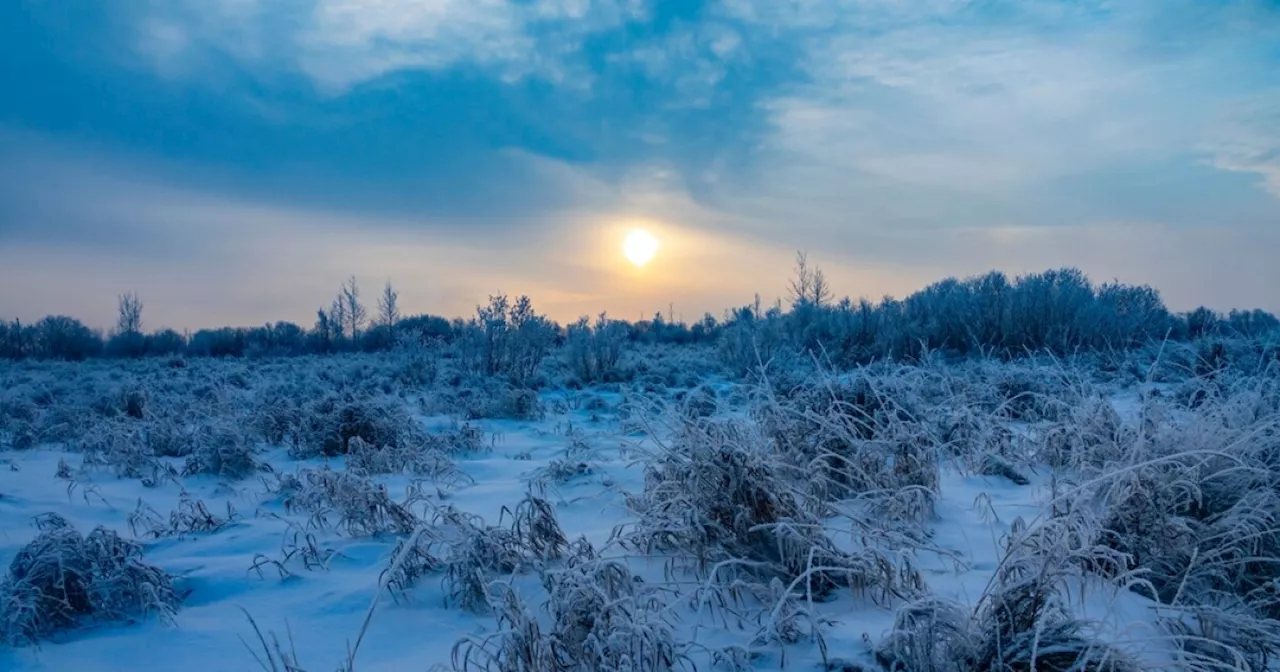 Winter Solstice Arrives December 21stThe winter solstice, marking the shortest day and longest night of the year, occurs on December 21st at approximately 4:21 AM. This astronomical event signifies the Earth's northern axis tilted furthest away from the sun. Learn about the history, traditions and astronomical significance of this winter solstice.
Winter Solstice Arrives December 21stThe winter solstice, marking the shortest day and longest night of the year, occurs on December 21st at approximately 4:21 AM. This astronomical event signifies the Earth's northern axis tilted furthest away from the sun. Learn about the history, traditions and astronomical significance of this winter solstice.
Read more »
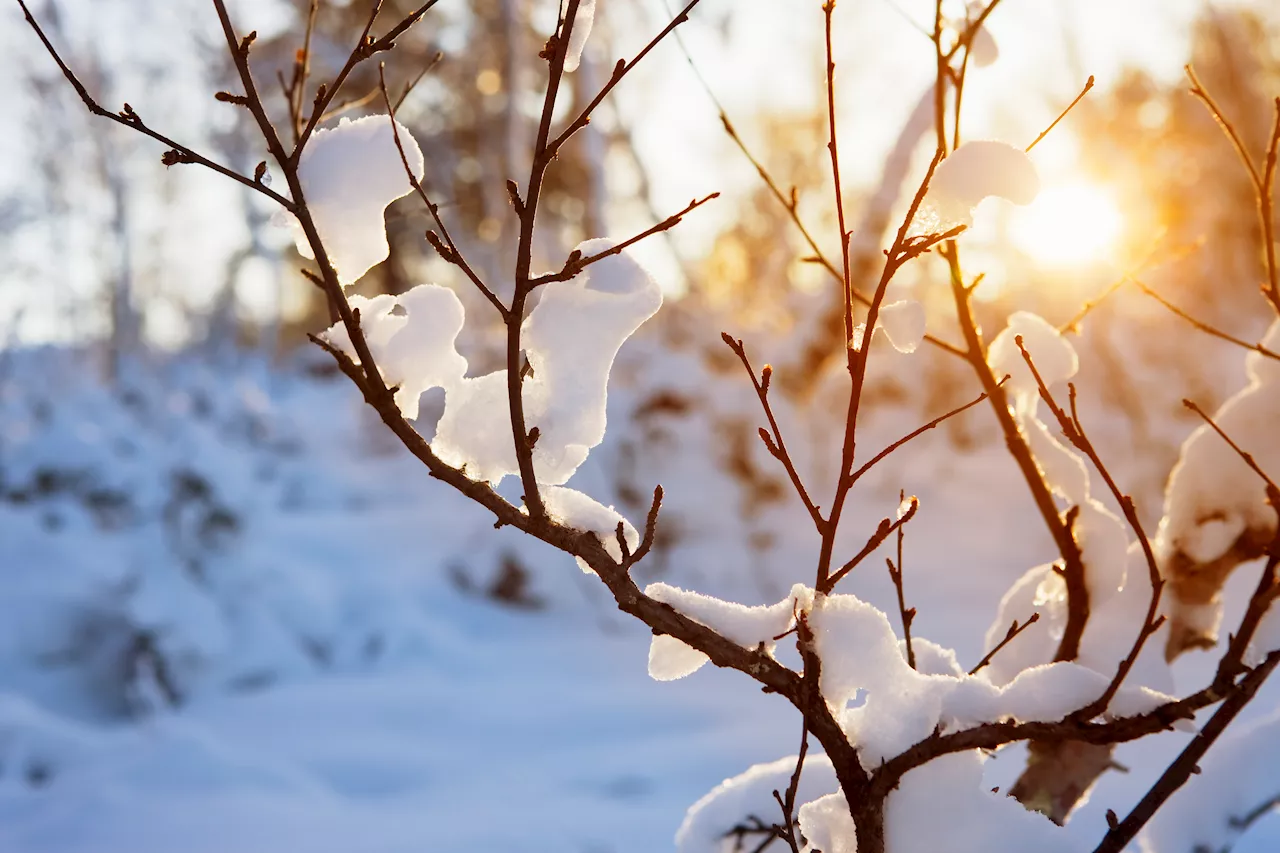 Winter Solstice: The Astronomical Start of WinterThis article explains the winter solstice, its astronomical significance, and how it differs from the meteorological winter. It also discusses the Earth's rotation and tilt, and how these factors influence the amount of sunlight received in different hemispheres.
Winter Solstice: The Astronomical Start of WinterThis article explains the winter solstice, its astronomical significance, and how it differs from the meteorological winter. It also discusses the Earth's rotation and tilt, and how these factors influence the amount of sunlight received in different hemispheres.
Read more »
 When is the winter solstice, and when will days start getting longer?Sunday is the start of meteorological winter, but when will the winter solstice officially take place?
When is the winter solstice, and when will days start getting longer?Sunday is the start of meteorological winter, but when will the winter solstice officially take place?
Read more »
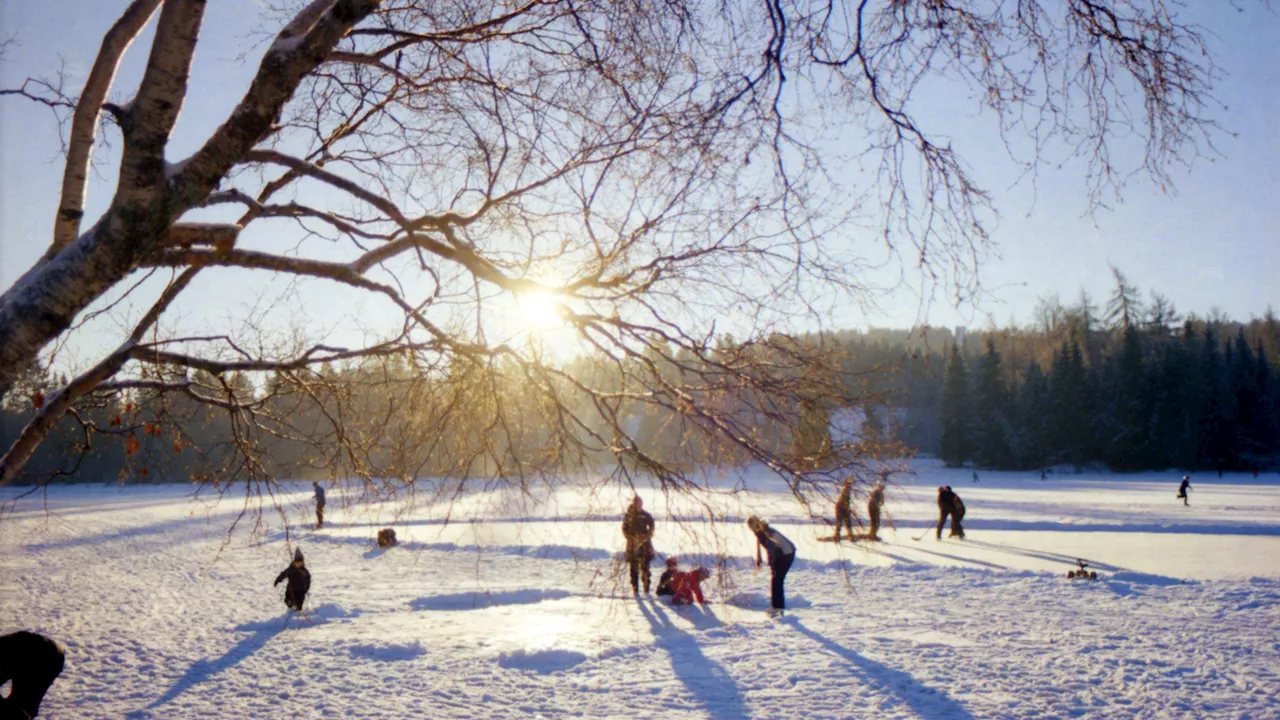 Winter Solstice Marks Shortest Day in Northern HemisphereThe winter solstice on December 21st signifies the shortest day and longest night of the year in the Northern Hemisphere. This astronomical event occurs due to Earth's axial tilt, positioning the Northern Hemisphere farthest from the sun. While the exact duration of daylight varies based on location, all areas north of the equator experience less than 12 hours of sunlight.
Winter Solstice Marks Shortest Day in Northern HemisphereThe winter solstice on December 21st signifies the shortest day and longest night of the year in the Northern Hemisphere. This astronomical event occurs due to Earth's axial tilt, positioning the Northern Hemisphere farthest from the sun. While the exact duration of daylight varies based on location, all areas north of the equator experience less than 12 hours of sunlight.
Read more »
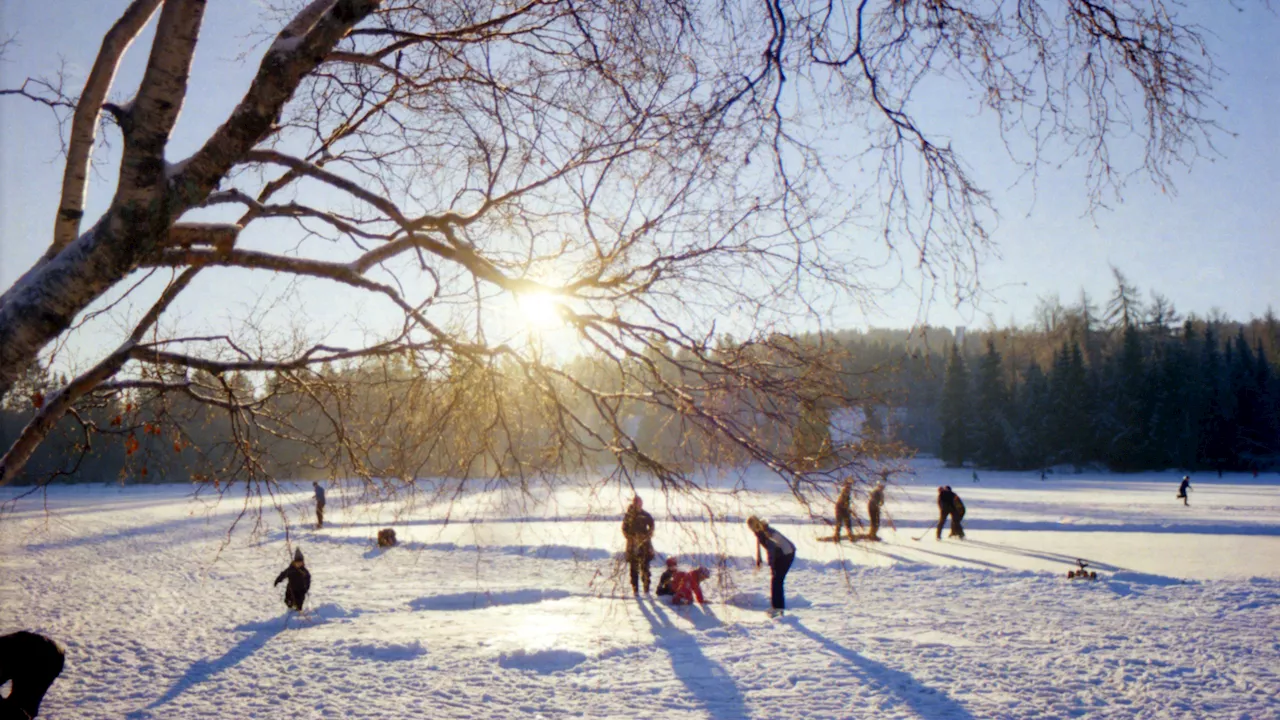 Winter Solstice Marks Shortest Day of the YearThe winter solstice, occurring on December 21st in the Northern Hemisphere, signifies the shortest day and longest night of the year. This astronomical event happens when the Earth's tilt positions the Northern Hemisphere furthest from the sun, resulting in minimal daylight. While the solstice marks the beginning of winter in the North and summer in the South, the amount of daylight varies depending on location.
Winter Solstice Marks Shortest Day of the YearThe winter solstice, occurring on December 21st in the Northern Hemisphere, signifies the shortest day and longest night of the year. This astronomical event happens when the Earth's tilt positions the Northern Hemisphere furthest from the sun, resulting in minimal daylight. While the solstice marks the beginning of winter in the North and summer in the South, the amount of daylight varies depending on location.
Read more »
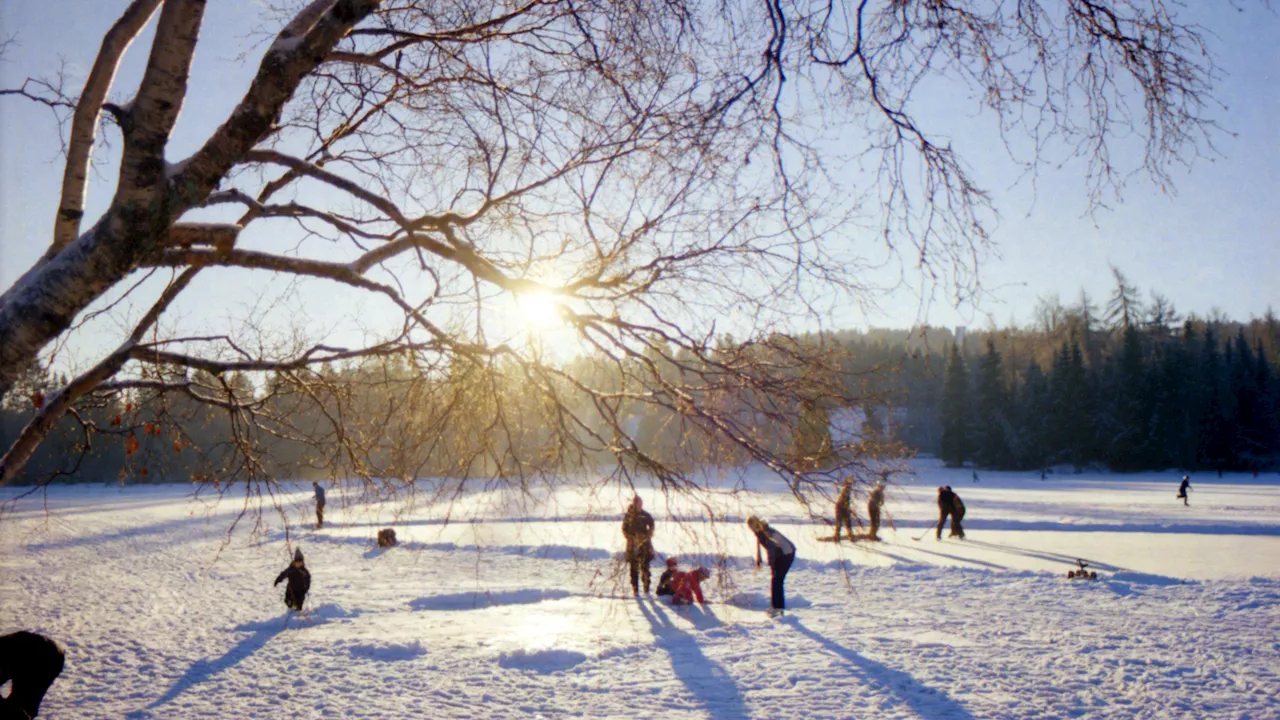 Winter Solstice Marks Shortest Day of the Year in Northern HemisphereThe winter solstice occurs on December 21st, marking the shortest day and longest night of the year in the Northern Hemisphere. This astronomical event happens when the Earth's tilt positions the Northern Hemisphere farthest from the sun, resulting in minimal daylight. While it signals the beginning of winter in the Northern Hemisphere, it marks the start of summer in the Southern Hemisphere.
Winter Solstice Marks Shortest Day of the Year in Northern HemisphereThe winter solstice occurs on December 21st, marking the shortest day and longest night of the year in the Northern Hemisphere. This astronomical event happens when the Earth's tilt positions the Northern Hemisphere farthest from the sun, resulting in minimal daylight. While it signals the beginning of winter in the Northern Hemisphere, it marks the start of summer in the Southern Hemisphere.
Read more »
